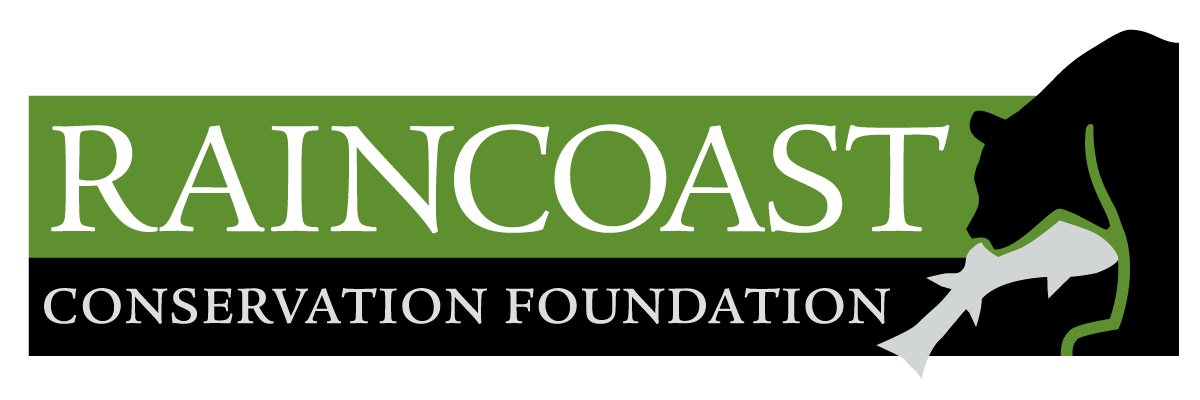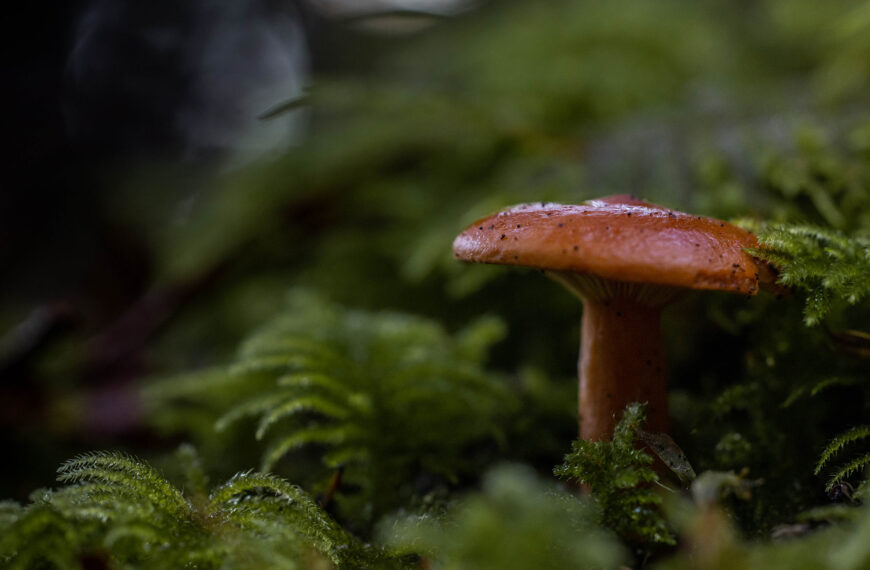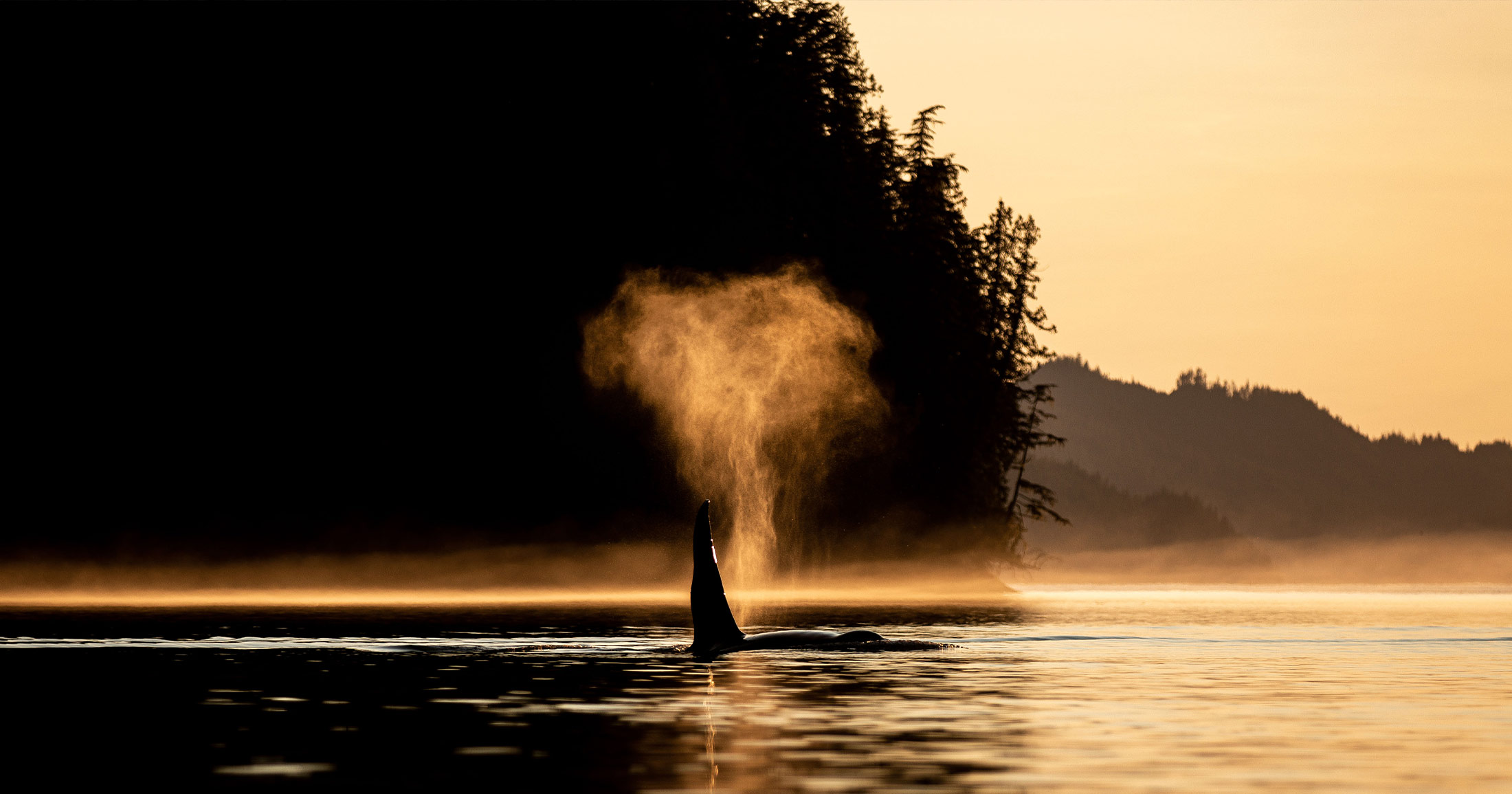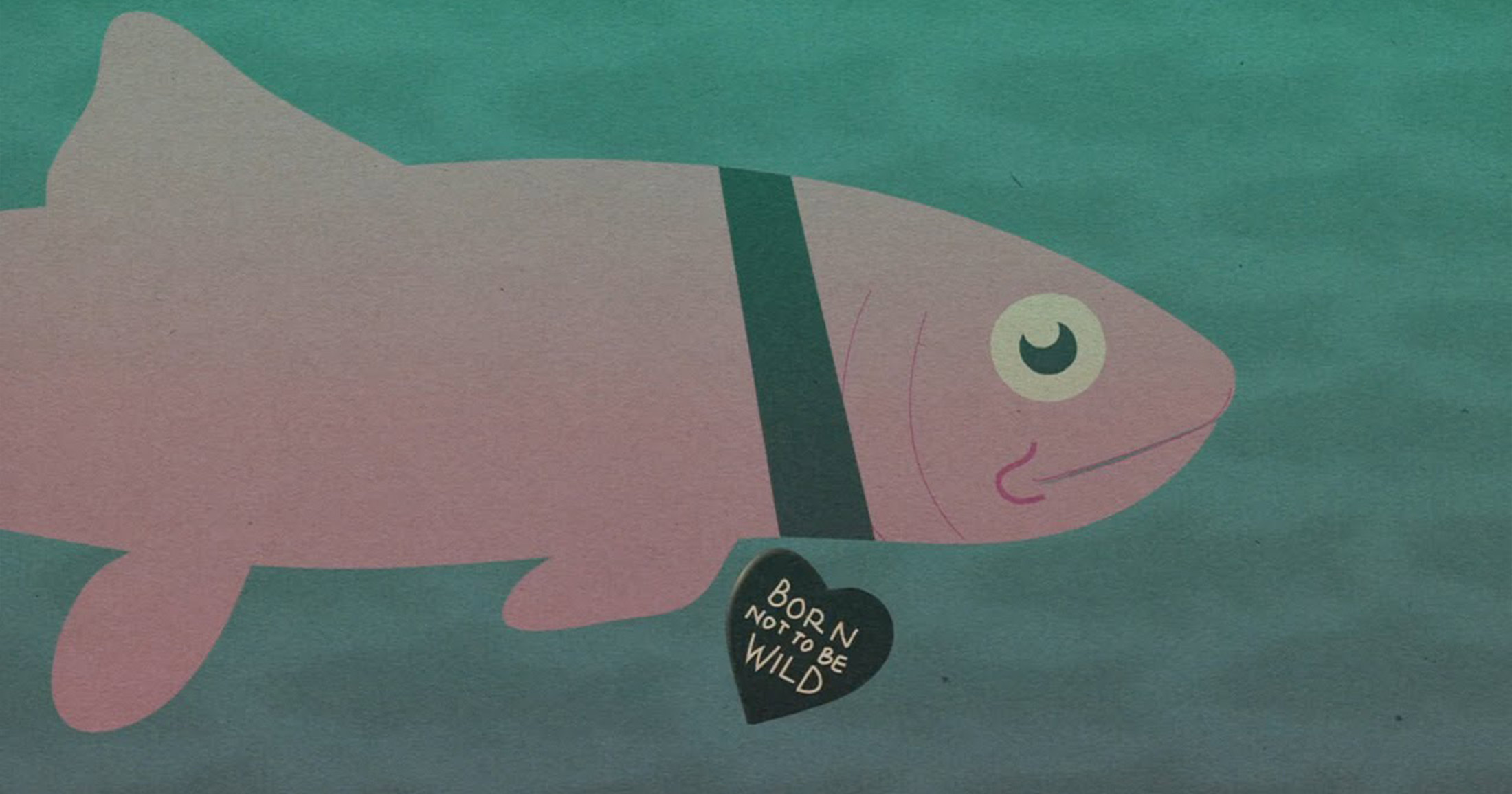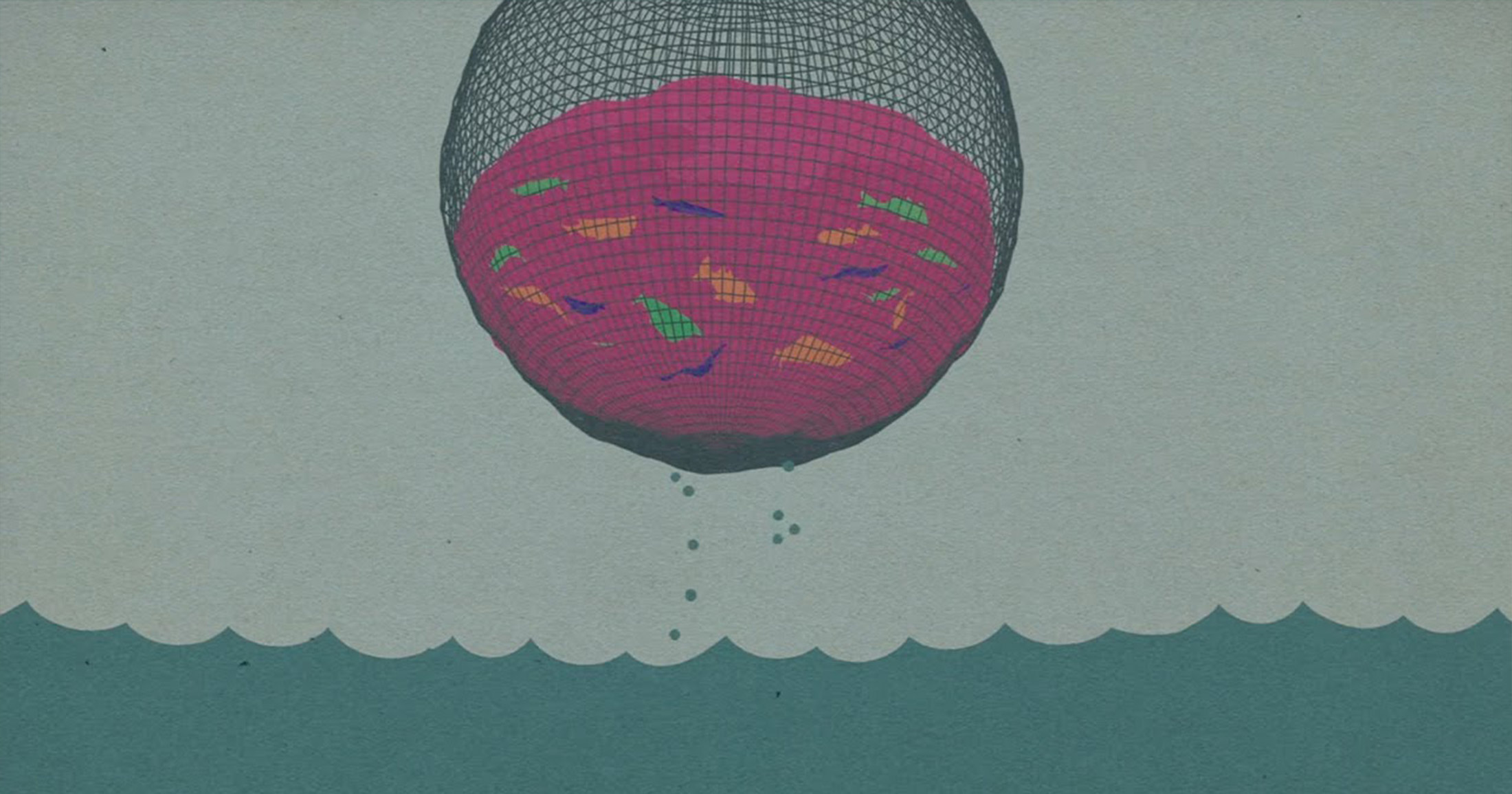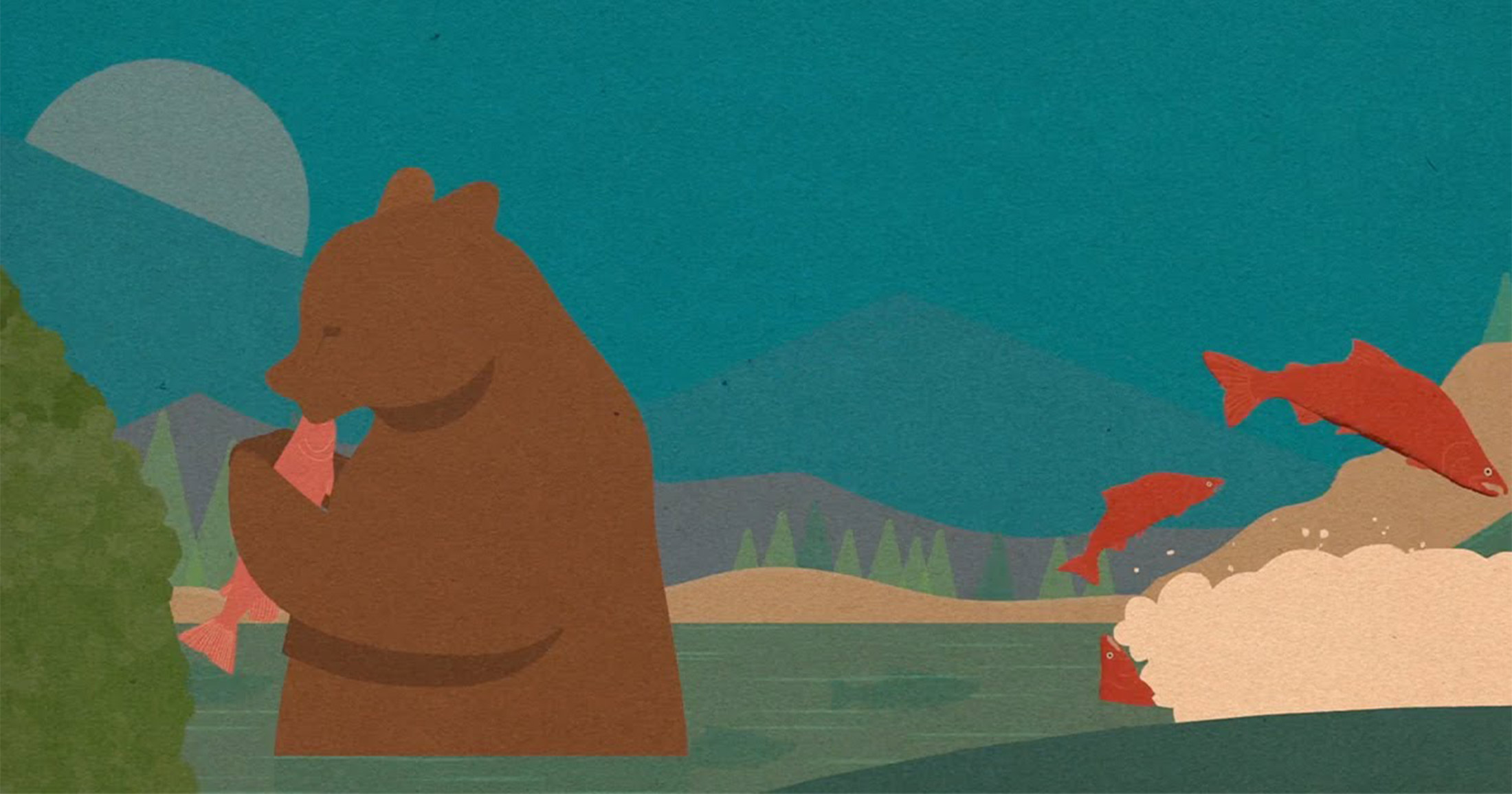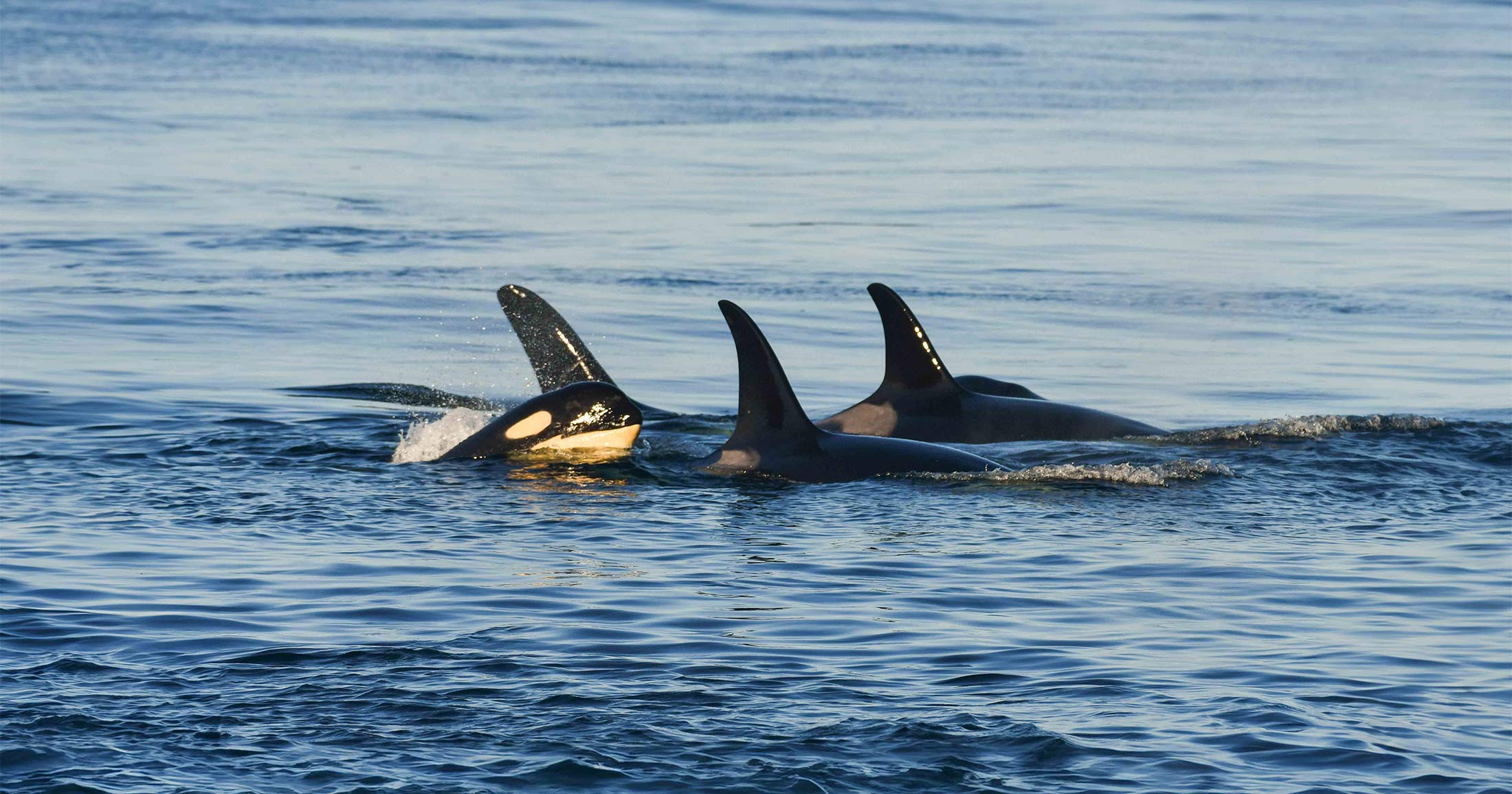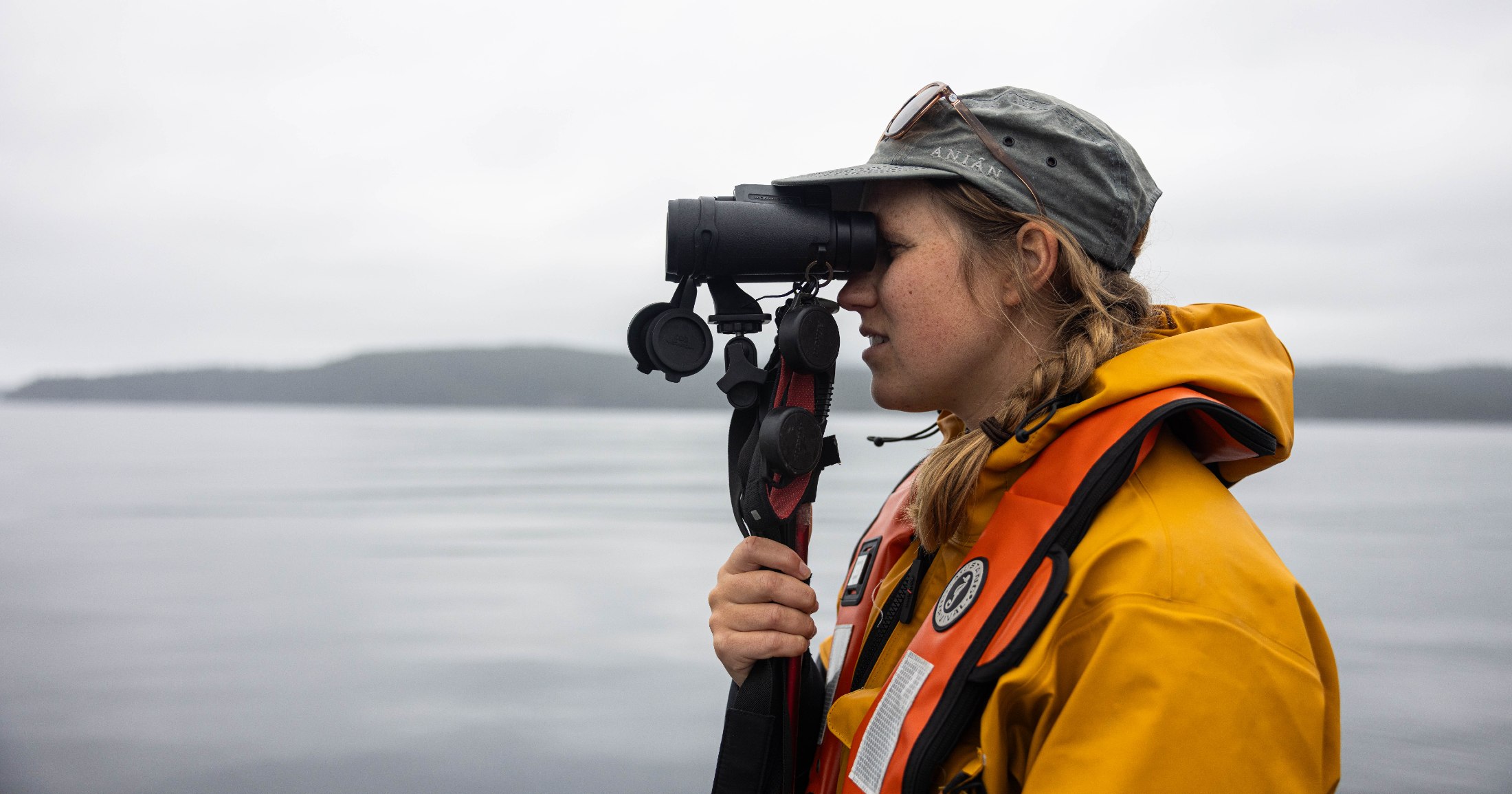New research shows sea lice from salmon farms infect Fraser River sockeye
A new study published today in the journal Public Library of Science ONE by researchers from Raincoast Conservation Foundation, Watershed Watch Salmon Society, and the Universities of Victoria and Simon Fraser provides the first link between salmon farms and elevated levels of sea lice on juvenile Fraser River sockeye salmon.
The article, Sea Louse Infection of Juvenile Sockeye Salmon in Relation to Marine Salmon Farms on Canada’s West Coast, genetically identified 30 distinct stocks of infected Fraser sockeye that pass by open net-pen salmon farms in the Strait of Georgia, including the endangered Cultus Lake stock. The study found that parasitism of Fraser sockeye increased significantly after the juvenile fish passed by fish farms. These same species of lice were found in substantial numbers on the salmon farms.
Not only did juvenile Fraser sockeye host higher lice levels in the Georgia Strait after they passed salmon farms, these fish hosted an order of magnitude more sea lice than Skeena and Nass River sockeye that migrated along the north coast where there are no farms. “The implications of these infections are not fully clear, but in addition to any direct physical and behavioural impacts on juvenile sockeye, sea lice may also serve as vectors of disease or indicators of other farm-origin pathogens” said Michael Price, lead author.
The data further showed that the differences in infection level for one species of louse in relation to fish farm exposure could not be explained by differences in salinity or temperature. “Given the high intensities of lice observed on some juveniles in this study—up to 28 lice/fish— there’s an urgent need to understand the extent of threat posed by sea lice to juvenile Fraser River sockeye” said Dr. Craig Orr, a co-author of the study.
The study also recorded the highest lice levels on juvenile sockeye near a farmed salmon processing plant in the Georgia Strait, heightening concern for the full potential impact of the salmon farm industry on wild salmon in this region.
Sea lice from salmon farms are likely another stressor for sockeye already subjected to multiple human impacts. Importantly, however, risks to juvenile sockeye from open net-pen salmon farms can be much more easily mitigated than changes to ocean conditions from climate change and ocean acidification. Options already recommended include removal of farm salmon from the migration routes of juvenile sockeye, and transition of salmon farms to closed-containment facilities.
Sea Louse Infection of Juvenile Sockeye Salmon in Relation to Marine Salmon Farms on Canada’s West Coast list of authors:
Michael HH Price (1,2) Stan L Proboszcz(3), Rick D Routledge(4), Allen S Gottesfeld(5), Craig Orr(3), John D Reynolds(4).
1 Department of Biology, University of Victoria, Victoria, BC, Canada
2 Raincoast Conservation Foundation, Sidney, BC, Canada
3 Watershed Watch Salmon Society, Coquitlam, BC, Canada
4 Simon Fraser University, Burnaby, BC, Canada
5 Skeena Fisheries Commission, Hazelton, BC, Canada
To view the study, visit:
http://dx.plos.org/10.1371/journal.pone.0016851
Support our mobile lab, Tracker!
Our new mobile lab will enable the Healthy Waters Program to deliver capacity, learning, and training to watershed-based communities. We need your support to convert the vehicle and equip it with lab instrumentation. This will allow us to deliver insight into pollutants of concern in local watersheds, and contribute to solution-oriented practices that protect and restore fish habitat.

